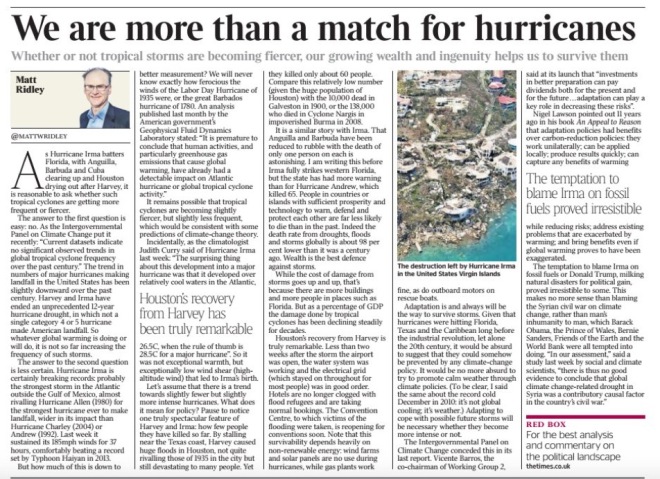Participating in social media creates a wide and diverse network of acquaintances. Often, these people become “friends”, even though direct personal contact may never made with them. It can be hard to establish traditional friendships without face-to-face encounters. Before the Internet, reading body language, voice inflections and facial expressions was as big a part of communication as speech itself. For many of us who spend a disproportionate amount of time in front of screens, much of our communication has become disembodied. But we still have bodies and, unfortunately, bodies break down.
I never wanted to write this post, but I feel that I owe it to the people I have come to know as online friends. They deserve to know that I’m suffering from a fatal illness. However, I hate the idea of now being treated differently because of this disclosure. I am not fishing for compliments or looking for moral support.

In 2002, at age 48, I was diagnosed with aggressive prostate cancer. I had a prostatectomy, but, despite the entire removal of the gland, there were small amounts of metastatic disease detected in nearby lymph nodes. The cancer had not been cured. Progression of the disease was slowed for many years by intermittent hormone treatment. I experienced no physical symptoms of the disease for twelve years, although the consequences of surgery and hormone treatment were no fun. But life continued and it was good.
As Hemingway remarked about going bankrupt, my cancer progressed gradually at first and then suddenly. About two years ago, my body’s plumbing and scaffolding started to show signs of trouble. More aggressive hormonal drugs were prescribed, which brought me back to good health for a year. Then, as the effectiveness of those drugs failed, chemotherapy beat back the worst symptoms for most of another year. Chemotherapy side-effects can often be managed quite well these days and it is not the horror that many imagine.
You become aware that the treatment options are running out when the oncologists start talking about maximizing quality, rather than quantity, of life. That’s where I am now. My life expectancy has been reduced from years to months. There still may be a few tricks left in my doctors’ books that may help extend my life beyond current expectations, but they are long shots and may not be available.
Continue reading →














